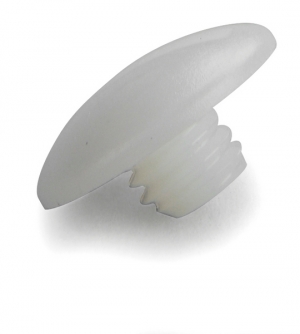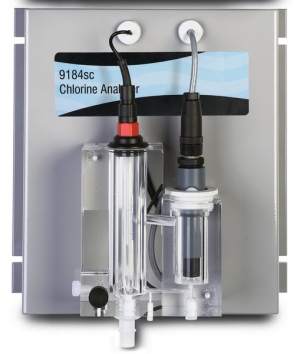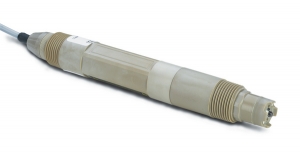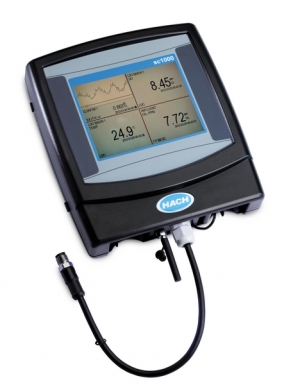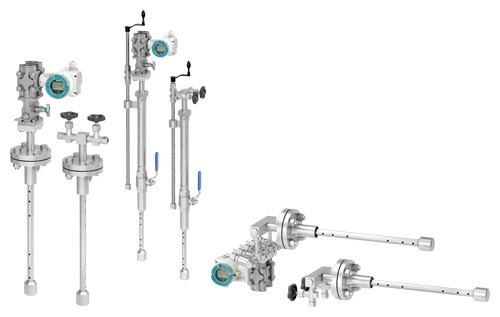- Tôi muốn ...
-
Ngôn ngữ
-
- Các sản phẩm
- Motors
- Drives
- Thiết bị tự động hóa
- Logo
- Simatic S7-1200
- Simatic S7-1500
- Simatic S7-300
- Distributed Controllers
- ET 200SP
- SIMATIC ET 200SP HA
- SIMATIC ET 200MP
- SIMATIC ET 200S
- SIMATIC ET 200M
- PROFIBUS components
- PROFINET components
- Network components for PROFIBUS
- Network transitions
- Software for SIMATIC Controllers
- Programming devices
- HMI devices
- SIMOTION Motion Control System
- Thiết bị đo lường
- Flow Measurement
- Flow Measurement Overview
- SITRANS FM (electromagnetic)
- SITRANS FC (Coriolis)
- Transmitters
- Sensors and Flowmeter systems
- SITRANS FCS300 flow sensor
- SITRANS FC330 flowmeter system
- SITRANS FC310 flowmeter system
- SITRANS FCS300 with FCT070 transmitter
- SITRANS FCS400 flow sensor
- SITRANS FC430 flowmeter for OEM customers
- SITRANS FC410 flowmeter for OEM customers
- SITRANS FCS400 with FCT070 transmitter
- SITRANS FC MASS 2100 and FC300 DN 4 sensors
- Spare parts
- SITRANS FS (ultrasonic)
- SITRANS FX (Vortex)
- SITRANS FVA (variable area meters)
- SITRANS FP (differential pressure flow measurement)
- Pressure measurement
- Pressure measurement Overview
- Pressure transmitters
- Remote seal for pressure transmitters
- Fittings
- Shut-off valves for gauge and absolute pressure transmitters
- Shut-off valves for differential pressure transmitters
- DN 5 2-, 3- and 5-spindle valve manifold
- PN 100 multiway cock
- DN 5 3-way and 5-way valve manifold
- DN 8 3-way valve manifold
- DN 5/DN 8 valve manifold combination
- DN 8 valve manifold combination
- 2-, 3- and 5-spindle valve manifold for protective casing
- 3- and 5-spindle valve manifold for vert. differential pressure lines
- Low-pressure multiway cock
- Accessories
- Temperature measurement
- Temperature measurement Overview
- Temperature sensors
- Compact and head transmitters
- Rail transmitters
- Field transmitters/field indicator
- Accessories
- Pyrometer
- Level Measurement
- Positioners
- Weight measurement
- Process controlling and protection
- Supplementary components
- Digitalization
- Flow Measurement
- Thiết Bị Hach
- Thiết Bị Pilz
- Cảm biến
- Rơle
- Bộ điều khiển
- Robotics
- Công nghệ truyền động
- Mạng
- Điều hành và giám sát
- Phần mềm
- Công nghệ kết nối
- Danh mục bổ sung



 Giỏ hàng
Giỏ hàng  Danh mục sản phẩm
Danh mục sản phẩm
